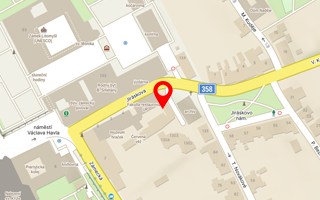Publication detail
History, Iconography and Significance of the Renaissance Garden in Telč
Authors:
Míchalová Zdeňka
Year: 2023
Type of publication: kapitola v odborné knize
Name of source: “Gartenlust" und "Gartenzierd" : aspekte deutscher Gartenkunst der Frühen Neuzeit
Publisher name: Michael Imhof Verlag
Place: Petersberg
Page from-to: 234-241
